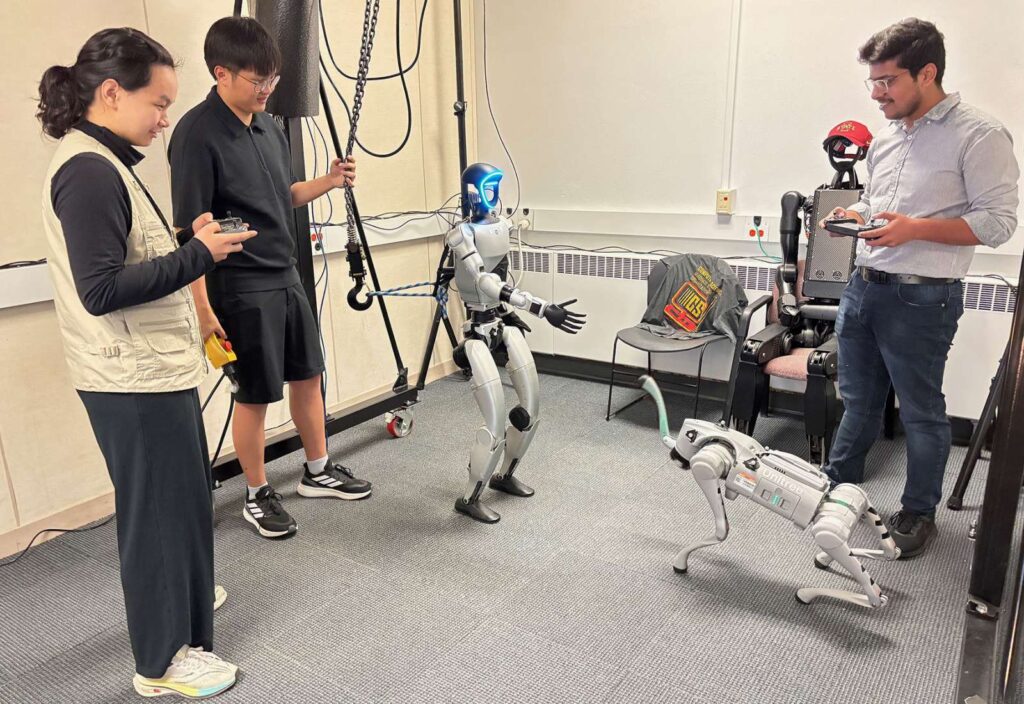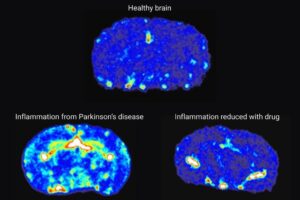
A groundbreaking study from Baylor College of Medicine has revealed a shared structural mechanism within leukemia cells, potentially transforming treatment strategies for this group of cancers. Researchers discovered that distinct genetic mutations associated with leukemia utilize the same specialized compartments within the cell nucleus to promote cancer growth. This significant finding suggests a unified therapeutic target that could lead to more effective treatments for various forms of leukemia.
The research team was led by Dr. Joshua Riback, an assistant professor and CPRIT Scholar, and Dr. Margaret “Peggy” Goodell, chair of the Department of Molecular and Cellular Biology. Their collaboration aimed to investigate the hidden physical principles that govern cancer biology. Graduate student Gandhar Datar played a pivotal role in the study, utilizing high-resolution microscopy to uncover unexpected structures within leukemia cell nuclei.
Initially, what appeared to be random disorder under the microscope revealed a distinct pattern: the nuclei of leukemia cells shimmered with numerous bright dots, which were absent in healthy cells. These dots, termed “coordinating bodies” or C-bodies, serve as specialized nuclear compartments formed through a process known as phase separation. This phenomenon, which explains how oil droplets form in water, was found to be the same across various leukemia types, indicating that despite differing genetic mutations, the resulting nuclear condensates function similarly.
Confirming their findings across multiple models, including human cell lines and patient samples, the researchers observed that when the proteins responsible for forming these droplets were modified or targeted with specific drugs, leukemia cells ceased to divide and began to mature into healthier blood cells. Co-author Elmira Khabusheva emphasized the importance of this discovery, stating, “By putting existing drugs into the context of the C-body, we can see why they work across different leukemias and start designing new ones that target the condensate itself.”
The implications of this discovery extend beyond leukemia. The findings suggest that similar biophysical principles could be at play in other diseases, such as amyotrophic lateral sclerosis (ALS), where distinct mutations may also converge on analogous structures governed by shared physical rules. This insight paves the way for a new paradigm in understanding and targeting diseases that rely on droplet formation.
The collaborative effort brought together researchers from Baylor College of Medicine and international partners, including the Associazione Italiana per la Ricerca sul Cancro (AIRC), the Trond Mohn Foundation, and the Norwegian Cancer Society. The study is published in the journal Cell and highlights the contributions of numerous researchers, including Archish Anand, Joshua Beale, and many others.
The research was supported by various grants, including CA183252 and CA26574. Dr. Riback’s work was further backed by the Cancer Prevention and Research Institute of Texas (CPRIT) and other foundations dedicated to cancer research.
This discovery not only reshapes the understanding of leukemia’s origins but also opens exciting avenues for innovative therapeutic approaches, focusing on a shared vulnerability that could benefit a wide range of patients facing different genetic forms of the disease.






